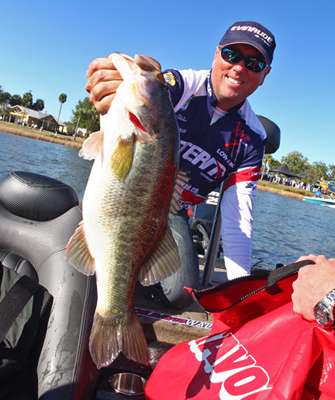
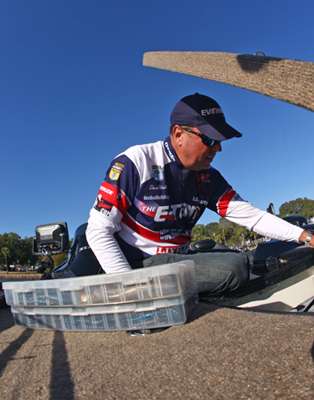
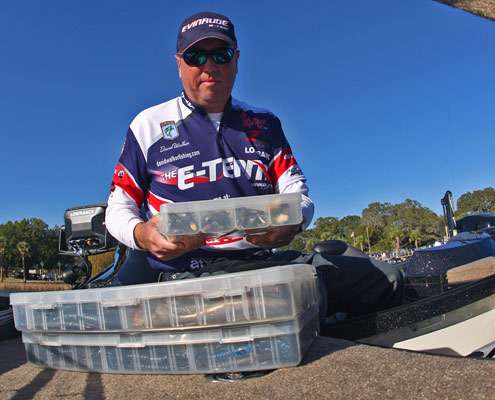
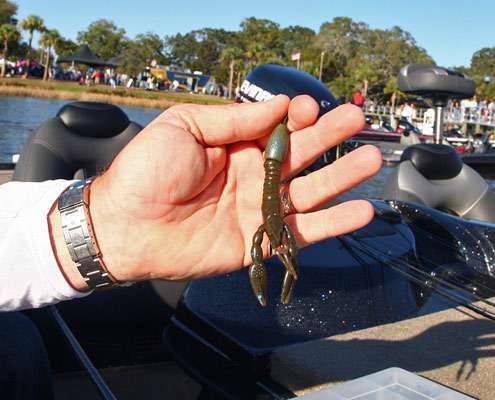
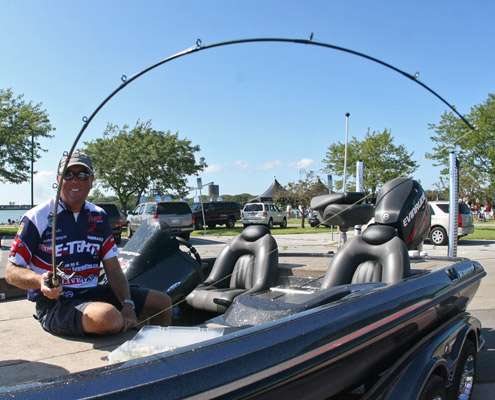
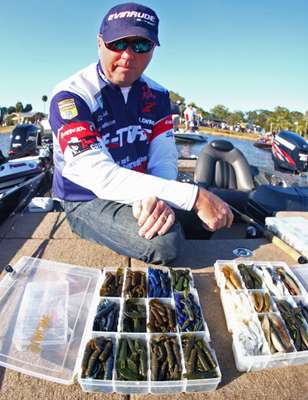
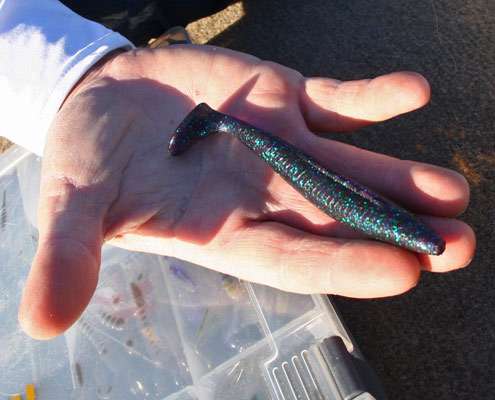

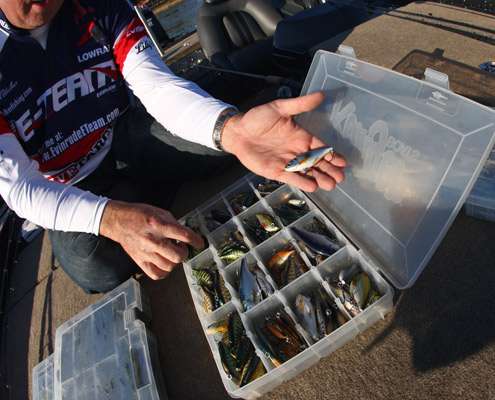
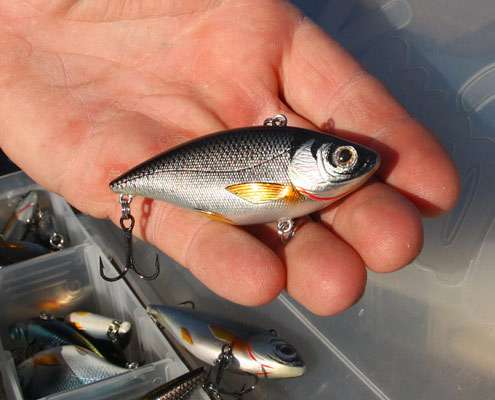
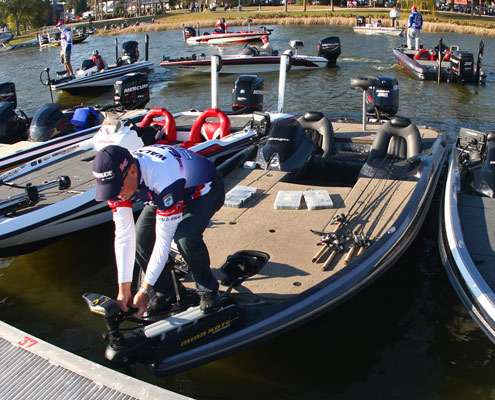
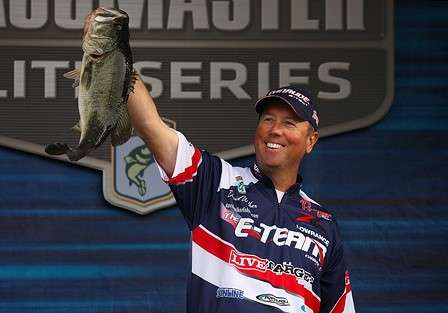

Please enter your details.
We cannot find an active B.A.S.S. Membership for the information you have provided. Please renew your membership here.We cannot find an active B.A.S.S. Membership for the information you have provided. Please try again.Scheduled maintenance. We'll be back shortly. If you continue to have trouble please contact customer service at 877-BASS-USA.
With the 2012 Elite Series opening with a swing through the Sunshine State, David Walker shares four baits you won’t want to go without when fishing in Florida.











